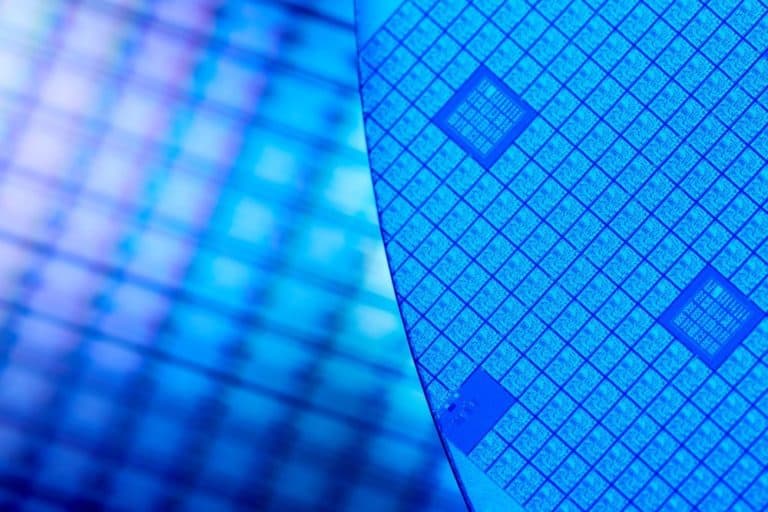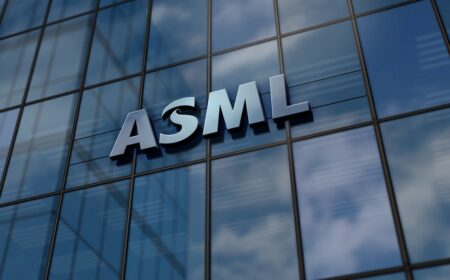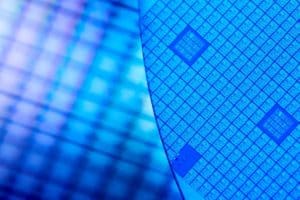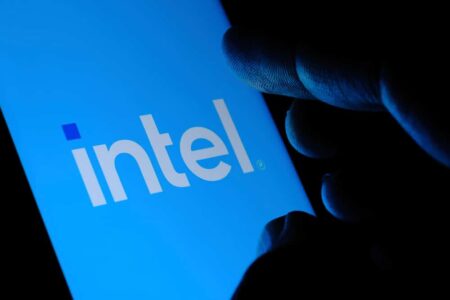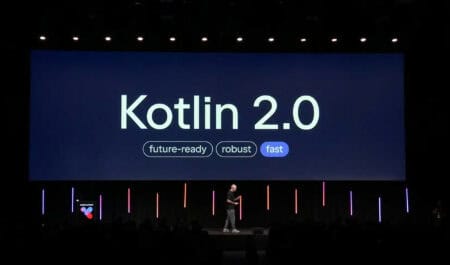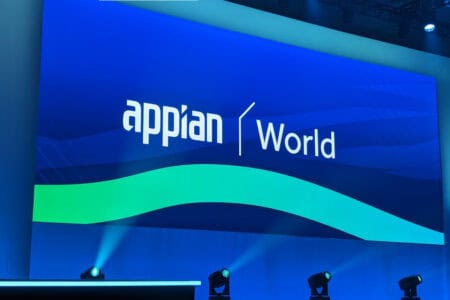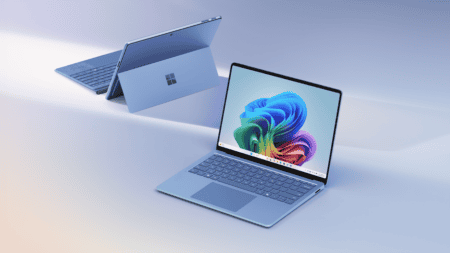Five to six of ASML’s most advanced chip machines will end up at Intel this year. Samsung and SK Hynix, which also want to get a move on with High-NA EUV technology early, may have to wait until the second half of 2025.
Just before the end of 2023, ASML delivered its very first High-NA EUV chip machine to Intel. The huge apparatus was first assembled in Veldhoven, after which it reached Oregon in the US in 10 discrete pieces. As of right now, the machine is “complete” in a sense, meaning the scanner can now trace 10 nanometer lines on a silicon wafer. This is essential to bring the smallest semiconductor designs yet seen to a mass market. The machine can do so with extreme ultraviolet light that, thanks to better optics than ever, is a cut above the EUV machines that currently churn out the latest iPhone SoCs, graphics chips, network accelerators and more.
Read more: Newest ASML machine at Intel is ready to go, with plenty of R&D ahead
The next EUV machines are not coming to ASML’s headquarters in Netherlands. ASML receives components from numerous suppliers and usually brings them together in Veldhoven for testing purposes. That was also the case with the first High-NA EUV machine, but probably not for new scanners. Intel may now be able to install them right away in its own chip factories, an option that significantly speeds up the time to completion.
Purchase of 2 billion
Each scanner will cost Intel about 350 million euros, so the total cost for the 2024 machines could well exceed 2 billion dollars. South Korean news site TheElec reports that Samsung and SK Hynix will have to wait until the end of 2025. However, a second customer has already received a High-NA EUV machine from ASML, presumably TSMC. Now that it appears that the South Korean hardware manufacturers will have to wait, TSMC is pretty much the only possible identity for this unnamed second customer. In other words, seven High-NA EUV scanners may exist by the end of 2024, six of which will be Intel’s.
Having dawdled with EUV adoption half a decade ago, Intel now has a significant time advantage over chip competitors for High-NA EUV. The ASML machines will birth future chips likely to hit the market around 2027. Intel’s large-scale procurement of the ASML equipment had already been hinted at by Intel’s Director of Lithography Hardware & Solution Mark Phillips. He emphasized at a press briefing earlier this year that Intel’s aims naturally require quite a few chip machines.
Intel isn’t planning on using the machines solely for its own designs. Microsoft has Intel produce its own semiconductors, while Nvidia may also come knocking. If Intel manages to cash in on its current High-NA EUV lead, perhaps even Apple will become interested again. That company famously switched to TSMC to make its own M1 chips and is currently fully committed to the Taiwanese chip giant.
Also read: ASML: from a leaky shed to the chip industry’s key player
